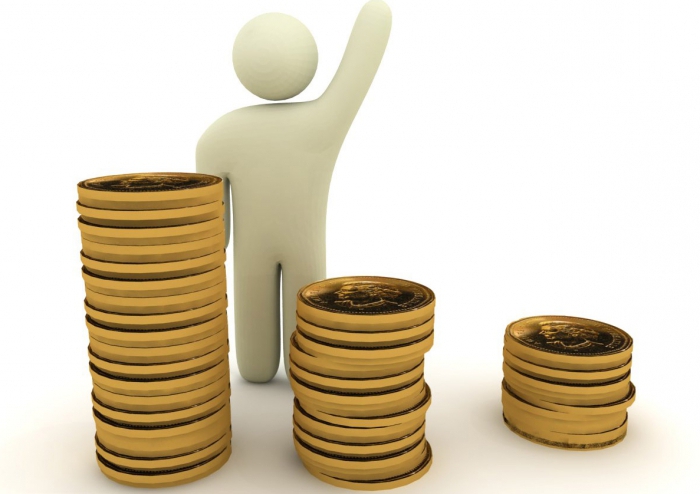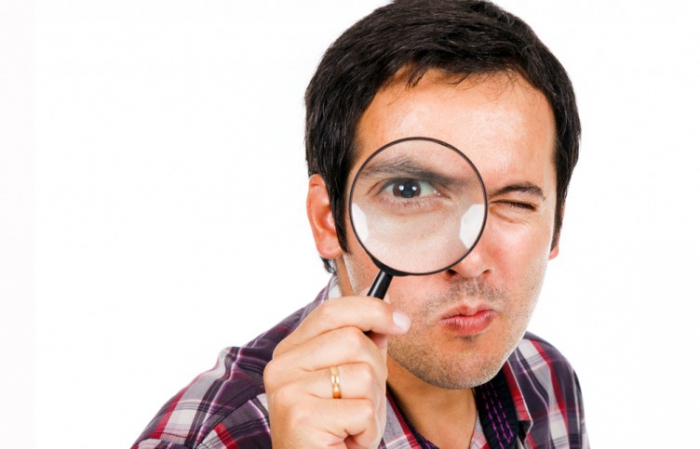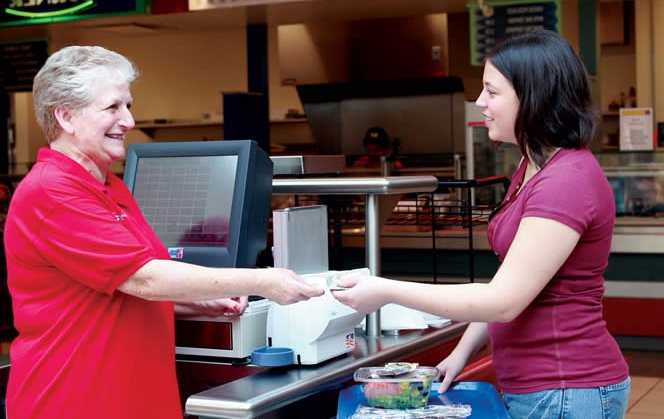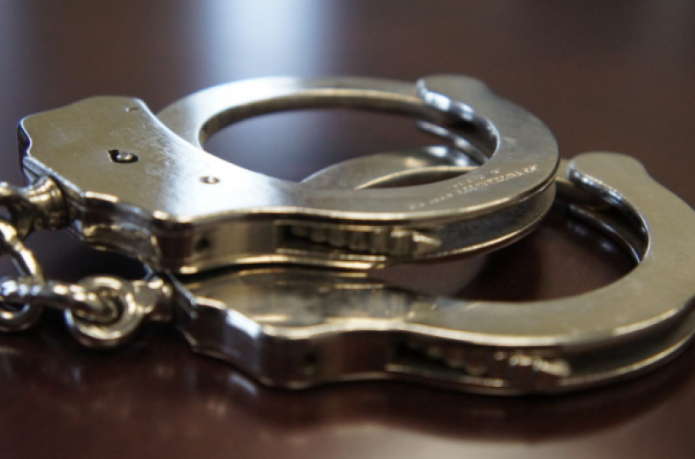Money is an integral part of the economy of any state. Despite the efforts of many countries to switch to non-cash forms of payment, paper bills and coins remain the main means of payment. In cities with a large population, cashless payments are more common due to the creation of the necessary conditions for this. Today, most citizens pay for purchases and services in cash. Why? Everything is simple. The necessary conditions for cashless payments have not yet been created everywhere. And it also contributes to the fact that there are fake banknotes in circulation. Counterfeit money, due to the improvement of counterfeiting technologies, can visually be no different from real bills. Therefore, any citizen is not immune from the appearance of such a “surprise” in his wallet. In this article, we will give some tips on how to recognize fake money.
A bit of history
Unlike metal ones, paper money appeared relatively recently. The place in which they were put into circulation was China. Initially, money was printed on rice paper. They did this with the help of special copper impressions.
In Russia, paper money was first printed in 1769. Over time, improving the degree of protection against fake, special color-changing paints and watermarks began to be used on banknotes. Other protection methods were also used.
How to fake notes?
Currently, there are a lot of ways to make fake money. They are used by scammers. Forgery does not require any special skills, abilities and costs. It is enough to have an inkjet printer and paper. Although some methods require additional tools. Despite improving the degree of protection against fakes, fraudsters are also introducing new methods of printing fakes. At the moment, the skill level of criminals has reached great heights. Some counterfeit money can be distinguished from genuine banknotes only with a special device.
Common signs that the fake differs from the original
There are several signs that the fake differs from the original. Consider them. Some tips on how to recognize counterfeit money can help every citizen. But this is not always possible, since fraudsters have learned to fake banknotes so that only a specialist can distinguish them from the original. Despite this, every citizen must know the main distinguishing features of a genuine banknote:
- Moire effect.
- Security thread.
- Clearance test.
- Water marks.
- Kipp effect.
Photos of counterfeit money are clearly demonstrated by fake banknotes and their differences from the original. The difference may consist in a watermark, which is clearly visible on the original, but barely noticeable on the fake. The original contains light and dark watermarks.
How to distinguish fake money from the original? Very good vision or a magnifier will also help. On fake microtext with its face value, for example, "5000 CBR", is present. But he is unreadable. On the original, if you look closely, microtext is viewed. He is quite readable.
Moire effect
Counterfeit money (photo below) in denominations of 5000, 1000, 500, 100 and 50 rubles can be determined by looking at rainbow stripes. On a fake, they do not change color. On the original, the color changes at a certain angle. The pattern breaks up into colored strips smoothly passing one into another. They are located on the ornamental strip to the left of front side of the bill. It is very difficult to fake such strips.Therefore, scammers try not to burden themselves with this.
Metallic Security Thread
A “diving” security thread is printed on a paper bill, which fraudsters usually fake. They print it on top of the image. The thread is a metallized plastic strip. On visual inspection, it resembles a shiny rectangle two millimeters wide in shape. There are five such touches. They go over the banknotes and form a dotted line only on the back. If you look at the bill in the light, the thread resembles a solid dark strip with smooth edges.
Laser microperforation
Laser microperforation is a protective feature in the form of burnt micro-holes. They are not felt to the touch. And all because they are made by laser. You can see them if you place the bill opposite the light source. Counterfeit money contains such holes, but they are made with a needle. This creates a surface roughness.
Kipp effect
The kipp effect is called a latent image. It is located at the bottom of the banknote on the ornamental ribbon. The kipp effect is detected if you consider the bill to the light source at an acute angle. With this study, two capital letters “P” are distinguishable. This means "Russian ruble." Letters at different angles can be dark on a light background or light on a dark background.
Watermark
The watermark on the script looks fuzzy. Its lines look darker or lighter. They are located on the coupon fields of the bill. On a narrow field, the sign is placed in the form of a digital notation for the face value, and on a wide field a portrait of an outstanding personality is displayed. When viewed on watermarks, lighter or darker areas are visible compared to the general background on paper. These distinctive features can only be considered in the light.
Counterfeit money contains a single-tone watermark. Or scammers do it by cutting the middle from the script. It is glued to a fake. The benefits of fraud are twofold. The criminal receives a fake bill. The cropped script can be exchanged at the bank. Therefore, any glued bills should cause distrust.
Paper
Another difference between a fake and a script can be material. Fake paper differs from the original by touch. Such money is usually printed on an inkjet printer. They have a smooth surface to the touch.
There are also special devices that, using ultraviolet light, help expose the fake. If the bill glows, then it is false. Remember this. At the original, only certain elements of the picture glow.
Selling fake money
Fraudsters usually sell counterfeit bills in shops, stalls. But it happens that this happens in the markets, during currency exchange, at gas stations, etc. The sales scheme is very simple. The buyer pays for the goods with a fake bill either using various tricks or without using them. The fraudster acts depending on the place of sale. If the store has a large flow of people, then the seller may not notice the fake.
Checking counterfeit money using an apparatus with a UV emitter may not work. Only a infrared search engine can determine a fake quality. In stores and even banks there is an apparatus with an ultraviolet emitter.
Usually there are few such “surprises” since fraudsters save on material.
Another way is to sell when buying goods, for example, in the amount of 476 rubles. The point is to have coins and a paper bill in the change. A fraudster gives the seller for the goods not a fake thousand rubles. The seller gives a change of five hundred rubles in paper notes and twenty-four rubles in coins. The buyer, as if by accident, drops a trifle on the floor. While collecting it, he changes the original bill to a fake. Then he asks the seller to exchange him five hundred rubles for a hundred.Further gives the seller is no longer his bill. He palm off fake money. The seller, unaware of the substitution, exchanges a bill for him. After all, he mistakenly believes that the buyer gives him exactly the five hundred rubles with which he just gave him the change.
Punishment for sales
Criminal law prohibits the manufacture, storage, sale, or transportation of counterfeit money. This crime is especially serious. It encroaches on social relations that are forming in the financial sphere of the state. Counterfeiting, or counterfeiting money, undermines the fundamentals of the economy and the financial system.
This fact is a criminal act with direct intent. Since this crime is especially serious, the maximum punishment for it is provided for over ten years in prison.
How to behave when a fake is detected?
Many citizens, having discovered counterfeit money, do not rush to contact the police, but try to sell them in order to avoid material damage. Consequently, the victim becomes a criminal in accordance with criminal law. Therefore, every citizen who discovered a fake is required to contact the police department.
If you got a bill, the authenticity of which is in doubt, you must contact any branch of the bank. Employees of the institution are required to verify the bill for authenticity. If necessary, you can order an examination of the banknote. If your copy turns out to be a fake, the bank employee puts on it a special print “Fake” or “Exchange denied”, as well as the date, his last name, first name and patronymic, name of organization and signature. He then calls law enforcement officials. If a bank employee doubts the authenticity of a banknote, then he is obliged to draw up a special certificate, entering the data from the copy in it. Such a document is issued to the client. The bill is transferred to law enforcement agencies for an examination. If the banknote is recognized as genuine, it shall be returned to the holder.
If a fake bill was discovered by an employee of a store, pharmacy, service organizations, etc., he has no right to seize or destroy it. On this fact police officers are called.